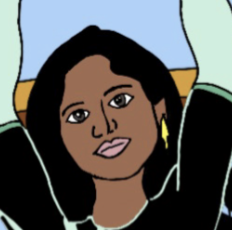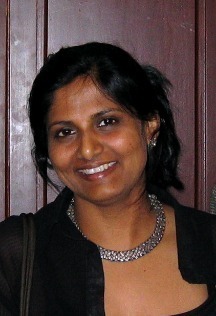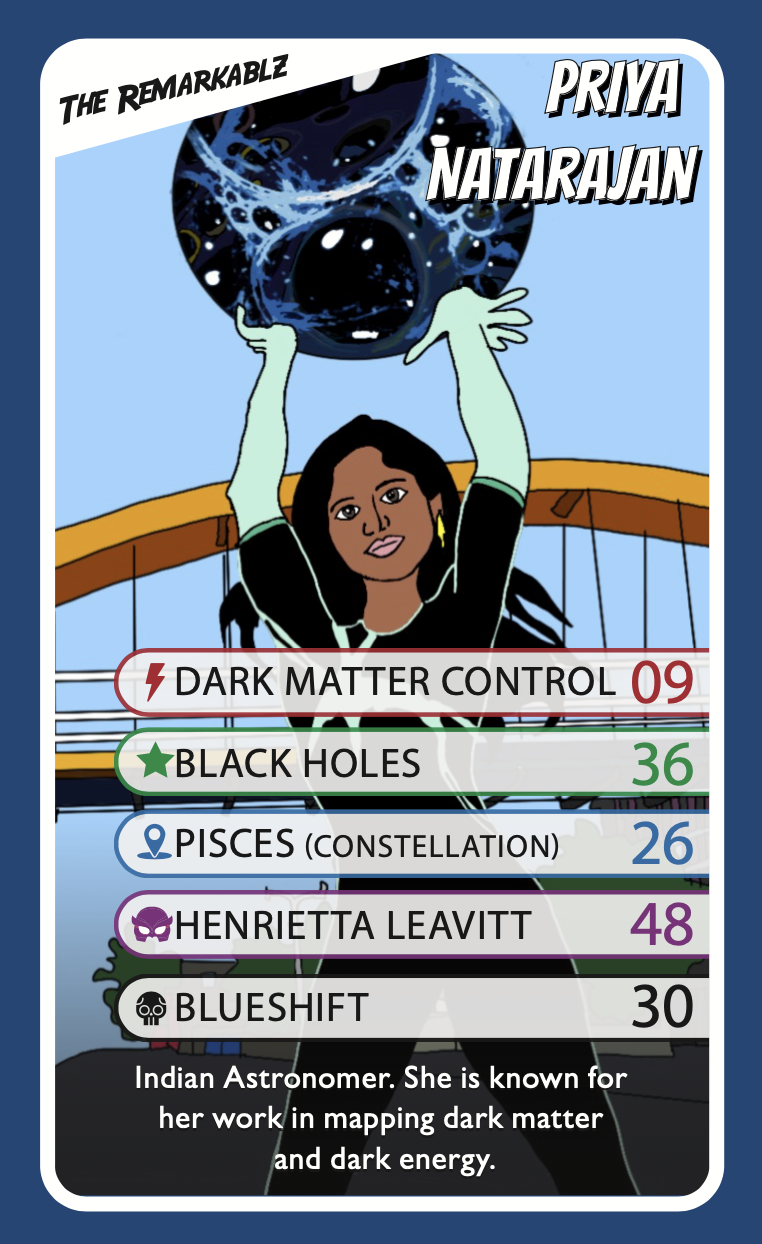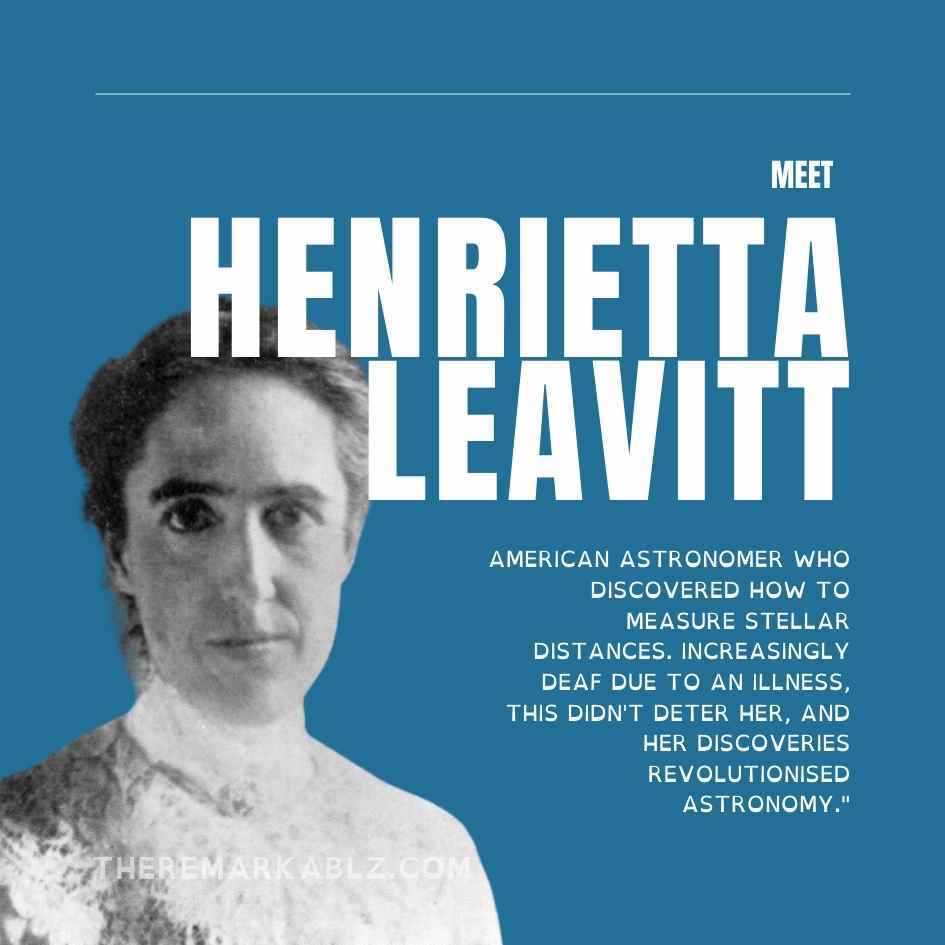
Get to Know
Priyamvada Natarajan
Discover why we turned Priya into a superhero
WHO IS
PRIYA NATARAJAN?
Name: Priyamvada Natarajan
Born: 1965
Occupation: Physicist & Astronomer
Nationality: Indian
Priyamvada is an astronomer known for her work on dark matter, dark energy, and black holes. Born in India in 1965, she was fascinated by science and math from a young age, while also nurturing a love for poetry and art.
She studied physics and astronomy at MIT and later earned her PhD from the University of Cambridge. Today, she is a professor of Astronomy and Physics at Yale, where she leads research into how invisible forces shape the structure of the universe. Priya is also a published poet, showing that science and creativity can go hand in hand.
Born: 1965
Occupation: Physicist & Astronomer
Nationality: Indian
Priyamvada is an astronomer known for her work on dark matter, dark energy, and black holes. Born in India in 1965, she was fascinated by science and math from a young age, while also nurturing a love for poetry and art.
She studied physics and astronomy at MIT and later earned her PhD from the University of Cambridge. Today, she is a professor of Astronomy and Physics at Yale, where she leads research into how invisible forces shape the structure of the universe. Priya is also a published poet, showing that science and creativity can go hand in hand.

In The Remarkablz Universe... Priya was born on the planet Zog. By age nine she was one of the galaxies foremost experts in Black Holes, by age 16 she was running her own lab on the Starship Pisces. One day during a routine experiment her lab exploded. Priya survived the blast but soon realised her life would never be the same. She could now wield dark matter and bend it to her control...
Superhero Backstory
Pryia features in our signature card game, Top Quarkz. The game supports the development of maths, literacy and decision-making skills all while learning about some of the most impressive scientific discoveries throughout history.
We've explained the drawing and her playing card below so you can learn more
We've explained the drawing and her playing card below so you can learn more
Priya can shape and manipulate dark matter, shifting the rotation of galaxies.
- The bridge in the background is the PSG tech overbridge which can be found in the city of Coimbatore, where Priya was born.
- The Logo on her superhero outfit is that of the PBS science show Nova ScienceNow. Pryia is on the scientific advisory board.
Superpower
Priya maps and studies black holes. She has helped develop the theories of how they were formed.
The Pisces constellation can be seen from nearly all points on Earth!
Location
SideKick
Henrietta Leavitt was an astronomer who discovered how to measure Stellar Distances.
Pryia has also researched redshit (an increase in wavelength). The opposite of a redshift is a blueshift (wavelengths shorten and energy increases).
Weakness
Each drawing we create has one or more hidden treasure(s) about our superheroes' life experiences, depictions in art, jobs or discoveries. Did you find the ones hidden in this drawing?
Discovery

We have packed a lot into our Top Quarkz playing cards - from amazing imagined superpowers to biographical information and hidden treasures.
Who Is The Black Hole Hunter?
From a young age, Priya was captivated by atlases and maps. Growing up in India, she spent hours tracing coastlines and mountain ranges, fascinated by how something so vast could be represented on a page. That early love of maps evolved into a groundbreaking scientific career.
Watch this PBS video to discover how Priya uses gravitational lensing to locate black holes and why she believes visualising the unseen is one of science’s most powerful tools.
Watch this PBS video to discover how Priya uses gravitational lensing to locate black holes and why she believes visualising the unseen is one of science’s most powerful tools.
A physicist studies of matter, how it moves, and its behaviour through space and time.
There are two main areas of Physics: Experimental Physics (the observation and study of physical phenomena and conducting experiments) and Theoretical Physics (uses simulations to understand, explain, and predict natural phenomena). Video credit: SimplyInfo
There are two main areas of Physics: Experimental Physics (the observation and study of physical phenomena and conducting experiments) and Theoretical Physics (uses simulations to understand, explain, and predict natural phenomena). Video credit: SimplyInfo
If you took two black holes and smashed them into each other, what would happen? If two black holes collided, they would merge into one even bigger black hole.
The collision would create powerful ripples in space called gravitational waves—like shockwaves from a cosmic crash! Scientists on Earth can detect these waves with special instruments like LIGO, helping us learn more about the mysterious universe. Find out in this video by WhatIf.
The collision would create powerful ripples in space called gravitational waves—like shockwaves from a cosmic crash! Scientists on Earth can detect these waves with special instruments like LIGO, helping us learn more about the mysterious universe. Find out in this video by WhatIf.
- Dying stars create stellar black holes.
- Our Milky Way Probably Has a Black Hole. Don't worry it's not close enough to be dangerous!
- There are three types of Black Hole. (1) Primordial, the smallest (2) Stellar, the most common (3) Supermassive, the largest.
- You can't see a black hole. No light can escape from black holes so it's impossible for us to sense the hole even with instruments. The key is to look at the hole's effects on the nearby environments.
What Do Physicists Do?
Fun Facts About Black Holes!
A black hole is a region in space where gravity is so strong, nothing—not even light—can escape from it. They form when massive stars collapse at the end of their lives. Black holes are invisible, but scientists can detect them by observing how they affect nearby stars and gas. They're like giant space traps, bending time and space around them! Learn about the different types of black holes in this video.
What's a Black Hole?
What If Two Black Holes Collided?
What is Redshift?
EDUCATIONAL RESOURCES
Redshift is what happens when light from a galaxy or star moves away from us and stretches out. This stretched light shifts toward the red end of the spectrum—hence the name “redshift.” It’s a key clue that the universe is expanding! The farther away a galaxy is, the more its light is redshifted, helping astronomers measure distance and time across space.
Black Hole Science Experiment for Kids: Make a Gravity Well at Home or in the Classroom
Step 1:
Have two people hold the stretchy fabric by the corners and pull it tight, like a trampoline. Make sure it’s smooth and wrinkle-free.
Step 2:
Place a marble gently on the flat fabric. What happens? (Hint: It stays still.)
Step 3:
Roll the marble across the fabric. Notice the path—it should move in a straight line.
Step 4:
Now place your heavy round object in the middle of the fabric. Watch how the fabric curves downward under its weight.
Step 5:
Place a marble near the edge of the fabric and let it go. It should spiral inward toward the heavy object—just like how gravity pulls things toward a black hole.
Step 6:
Try rolling a marble from one side of the fabric to the other. Does it still move in a straight line, or does the path bend?
Step 7:
Now roll two marbles at the same time. Watch how they interact with each other and the “gravity well.” Do their motions change?
Have two people hold the stretchy fabric by the corners and pull it tight, like a trampoline. Make sure it’s smooth and wrinkle-free.
Step 2:
Place a marble gently on the flat fabric. What happens? (Hint: It stays still.)
Step 3:
Roll the marble across the fabric. Notice the path—it should move in a straight line.
Step 4:
Now place your heavy round object in the middle of the fabric. Watch how the fabric curves downward under its weight.
Step 5:
Place a marble near the edge of the fabric and let it go. It should spiral inward toward the heavy object—just like how gravity pulls things toward a black hole.
Step 6:
Try rolling a marble from one side of the fabric to the other. Does it still move in a straight line, or does the path bend?
Step 7:
Now roll two marbles at the same time. Watch how they interact with each other and the “gravity well.” Do their motions change?
What you will need
- Stretchy fabric (not cotton)
- Round, heavy object
- Two marbles
- 1 marker
- 1 ruler
- Three people are needed for this experiment
What's Happening?

Looking for a hands-on science activity? Learn how gravity works around a black hole with this hands-on experiment that simulates the bending of space! Using marbles, fabric, and a round object, you'll explore how massive objects—like stars and black holes—warp the space around them.
Step-by-Step Instructions
This model shows how massive objects curve space-time—the invisible fabric of the universe. In space, planets, stars, and black holes create dents in space-time, and smaller objects (like marbles in this experiment) follow curved paths around them. This is exactly how gravity works, according to Einstein’s Theory of General Relativity.
When you placed the heavy object in the centre of the fabric, it mimicked the way a black hole bends space. The marbles rolling around it are just like stars or gas moving near a black hole in space!
When you placed the heavy object in the centre of the fabric, it mimicked the way a black hole bends space. The marbles rolling around it are just like stars or gas moving near a black hole in space!
"...What I love best about my job is the continuing thrill and joy of figuring things out" Priyamvada Natarajan
Sign up to our Newsletter
By signing up to receive emails, you agree that we may use the personal information provided by you to send you marketing emails. You can opt out of these emails any time by clicking the unsubscribe link or by contacting us. To see how we use your personal data, please see our Privacy policy.




